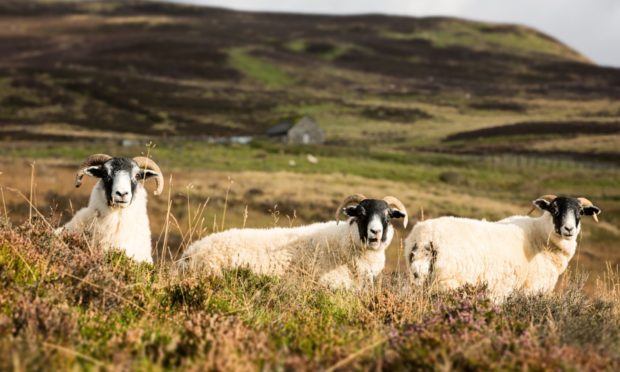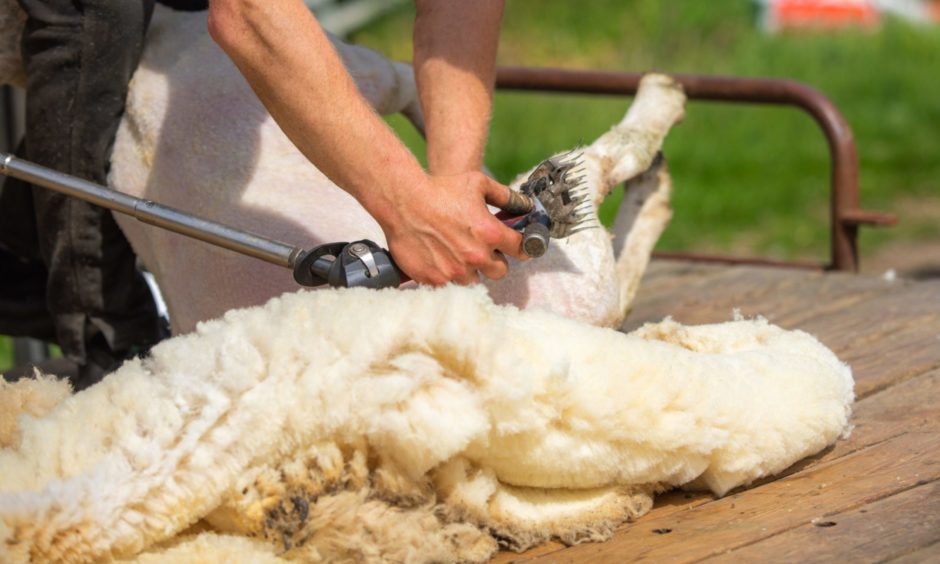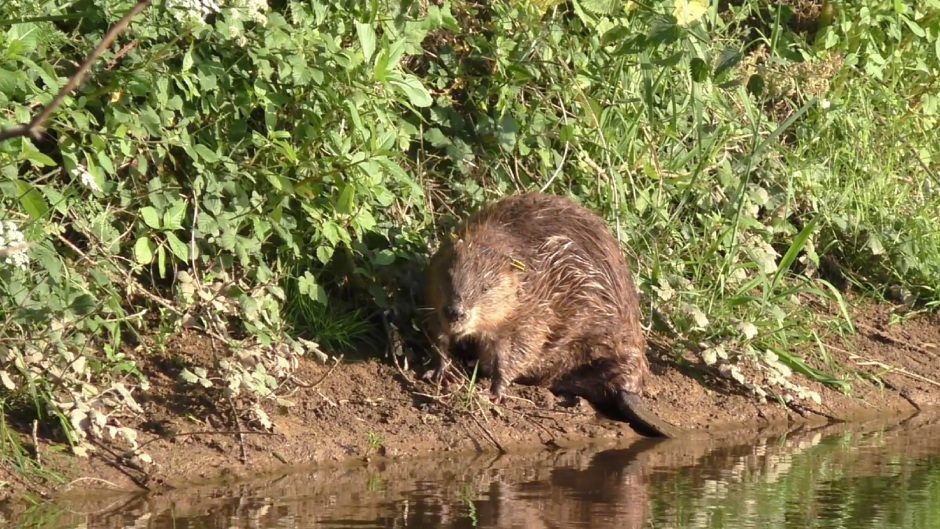Britain’s projected trade deal with Australia is likely to lead to Australian lamb and beef producers gaining unrestricted and tariff-free access to this country.
It will result in the destruction of the sort of farming that’s long been characteristic of areas like the Highlands.
That’s the stark warning from Scottish and UK farm leaders.
Our hill and upland farmers, they say, will be unable to compete with cheap imports from a country with a better climate, far larger farms and, it’s claimed, lower welfare and other standards.
It isn’t difficult to get a glimpse of the wider land use changes that could be set in motion if these forecasts prove accurate. That’s because sheep farming in particular has been here before.
Scottish sheep farming has been threatened by imports before
Sheep farms of the type established in the Scottish north in the wake of early 19th century clearances were enormously profitable enterprises. But, unlike their modern successors, who mainly sell lambs that end up on our tables, sheep farmers of that era weren’t interested in meat production. Their money came from wool.
This was a time when, thanks to its booming industries and fast growing cities, Britain’s population was expanding at breakneck pace. It was also a time when, with today’s synthetic materials still in the future, this population was mostly dressed in woolen fabrics.
Hence the sheep farming boom that made rich men of Highland farmers who, on the back of soaring wool prices, employed big numbers of shepherds to manage flocks of several thousand sheep.
Will history repeat itself?
But then, in the 1880s, wool prices crashed. The price collapse was caused – and here’s where history is gearing up for a repeat – by imports from Australia. High quality wool could be produced much more cheaply than in Scotland in that country’s newly opened up interior.
All across the Scottish north, sheep farms became next to impossible to lease to the tenants on whom landlords had relied for the ever higher rents they’d been able to levy in earlier years.
Fortunately for Highland lairds who might otherwise have gone under financially, a new and still more lucrative use was quickly found for the huge expanses of land left vacant by departing sheep producers. Soon, millions of acres that had once been cleared of people to make way for sheep were cleared of sheep to make way for the deer forests and grouse moors that became key components of the hill and upland scene.
Politicians are sacrificing certainty for free trade
During the 20th century, Highland sheep farming staged something of a comeback. The two world wars – each accompanied by enemy U-boat campaigns and consequent losses of cargo shipping – showed how risky it was to rely on faraway food suppliers. Boosting UK food production thus became a political priority.
British farming began to be protected from overseas competition by means of tariff barriers. Farmers also gained all sorts of support payments or subsidies of a kind that hadn’t existed in the period when Highland wool producers were left to go to the wall.
Danish billionaire, Anders Povlsen, now owns more of Scotland than anyone else
Now mechanisms of this kind – introduced long before Britain joined the European Union but reinforced by our EU membership – are being sacrificed by politicians who, in Brexit’s aftermath, are desperate for free trade arrangements of the sort being put in place with Australia and likely to be agreed in the future with the US, Canada and other countries.
Might this result in more grouse moors and deer forests? Perhaps. But the kind of wealth that used to be poured into sporting estates has, of late, begun to find new outlets in what is called “rewilding“.
Can’t nature thrive alongside humans?
The foremost exemplar of this new departure is Danish billionaire, Anders Povlsen, who, in Sutherland and elsewhere, now owns more of Scotland than anyone else.
According to his website, his objective is “to let nature heal, grow and thrive” in places where first sheep and then deer have contributed to the “deforestation, species loss and erosion of natural habitats” that Mr Povlsen is looking to reverse.
From an environmental perspective, this is no bad thing. But it would be better, perhaps, if it could be combined with the maintenance or indeed expansion of a human presence in Highland localities where continuing depopulation could be accelerated by a new farming downturn.
One rewilding laird, Jeremy Leggett at Bunloit beside Loch Ness, has pledged to work closely and cooperatively with neighbouring communities. But with Mr Povlsen turning to law in an attempt to block development of a Sutherland satellite launching facility that’s won a good deal of local backing, this approach seems far from standard.
Jim Hunter is a historian, award-winning author and Emeritus Professor of History at the University of the Highlands and Islands



